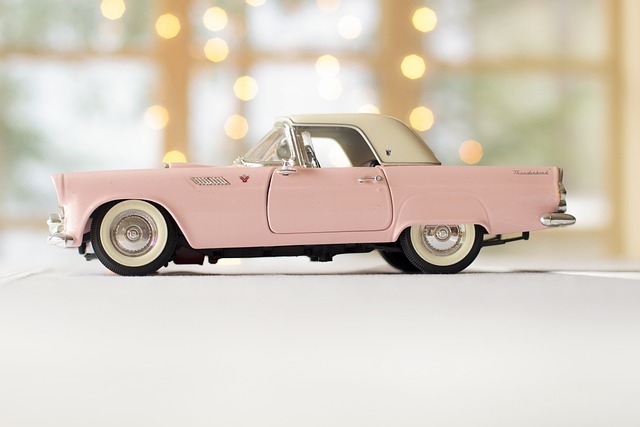When shipping a car, choose between enclosed and open transport based on your vehicle's condition, age, make, model, and budget. Enclosed transport offers superior protection for luxury or classic cars, while open transport is cheaper and quicker but exposes vehicles to elements and road hazards. Prepare your car by inspecting, repairing, securing loose items, and using protective covers for safe delivery. Select a reputable shipping company specializing in auto transportation for the best care during transit, focusing on the key distinctions between enclosed vs. open car transport methods.
Shipping your car can be a convenient way to move it across country, but proper preparation is key. This guide walks you through the process, focusing on two main transport methods: enclosed and open. We’ll cover everything from understanding these differing shipping methods to crucial vehicle prep steps for safe arrival. By following our essential tips, you’ll ensure a smooth shipping experience, regardless of the route.
- Understanding Enclosed and Open Car Transport
- Preparing Your Vehicle for Safe Shipping
- Essential Tips for a Smooth Shipping Experience
Understanding Enclosed and Open Car Transport

When preparing your car for shipping, understanding the difference between enclosed and open transport is crucial. Enclosed car transport involves carrying vehicles in a secure, sealed container, protecting them from direct exposure to weather conditions, road debris, and potential damage from other vehicles. This method is ideal for luxury cars, classics, or vehicles with intricate designs that require extra care. Open transport, on the other hand, involves loading cars onto flatbed trucks where they are secured but exposed to the elements. It’s a cost-effective option for more common vehicles and those in good condition.
Choosing between enclosed and open transport depends on your car’s make, model, age, and your budget. Enclosed transport offers superior protection, ensuring your vehicle arrives in the same condition it was shipped in. Open transport is quicker and cheaper but leaves cars vulnerable to weather changes and potential scratches or dents from road hazards. Considering these factors will help you decide which method aligns best with your shipping needs.
Preparing Your Vehicle for Safe Shipping

When preparing your vehicle for shipping, whether it’s via enclosed or open transport, ensuring safety is paramount. The choice between an enclosed and open carrier depends on various factors, including weather conditions and the security of the loading area. For enclosed transport, vehicles are shielded from direct exposure to elements like rain, snow, and sun, which can cause damage over long distances. This method also offers protection against potential road debris and other hazards. Open transport, while offering a lower cost option, exposes your car to environmental factors, making it more susceptible to scratches, dents, or even more severe weather-related damage.
To maximize safety, inspect your vehicle thoroughly before shipping. Address any existing repairs, ensure all fluids are topped up, and check tire pressure. Secure loose items in the trunk or remove them entirely if they might shift during transit. Consider removing valuable accessories or keeping them locked in a separate container to deter theft. Finally, choose a reputable shipping company that specializes in automobile transportation, ensuring your vehicle gets the care it deserves during its journey.
Essential Tips for a Smooth Shipping Experience

When preparing your car for shipping, whether it’s through an enclosed or open transport method, ensuring a smooth process is key. Start by thoroughly cleaning the vehicle inside and out. A clean car not only looks better but also helps inspect any pre-existing damage. Consider documenting its current condition with photos to protect yourself during the claims process if any issues arise during transit.
For an enclosed transport, secure all loose items in the car or remove them entirely. Ensure all windows are rolled up and doors locked. In contrast, open transport requires additional safety measures like tarps or covers to shield your car from weather and potential debris during the journey. Proper preparation enhances the likelihood of a successful and damage-free shipping experience.
When preparing your car for shipping, understanding the differences between enclosed and open transport is key. Both methods have their advantages, with enclosed carriers offering better protection from the elements and potential damage. However, open transport can be more cost-effective. By following these essential tips, you can ensure a smooth shipping experience, whether choosing enclosed or open transport, ultimately facilitating a stress-free journey for your vehicle.
